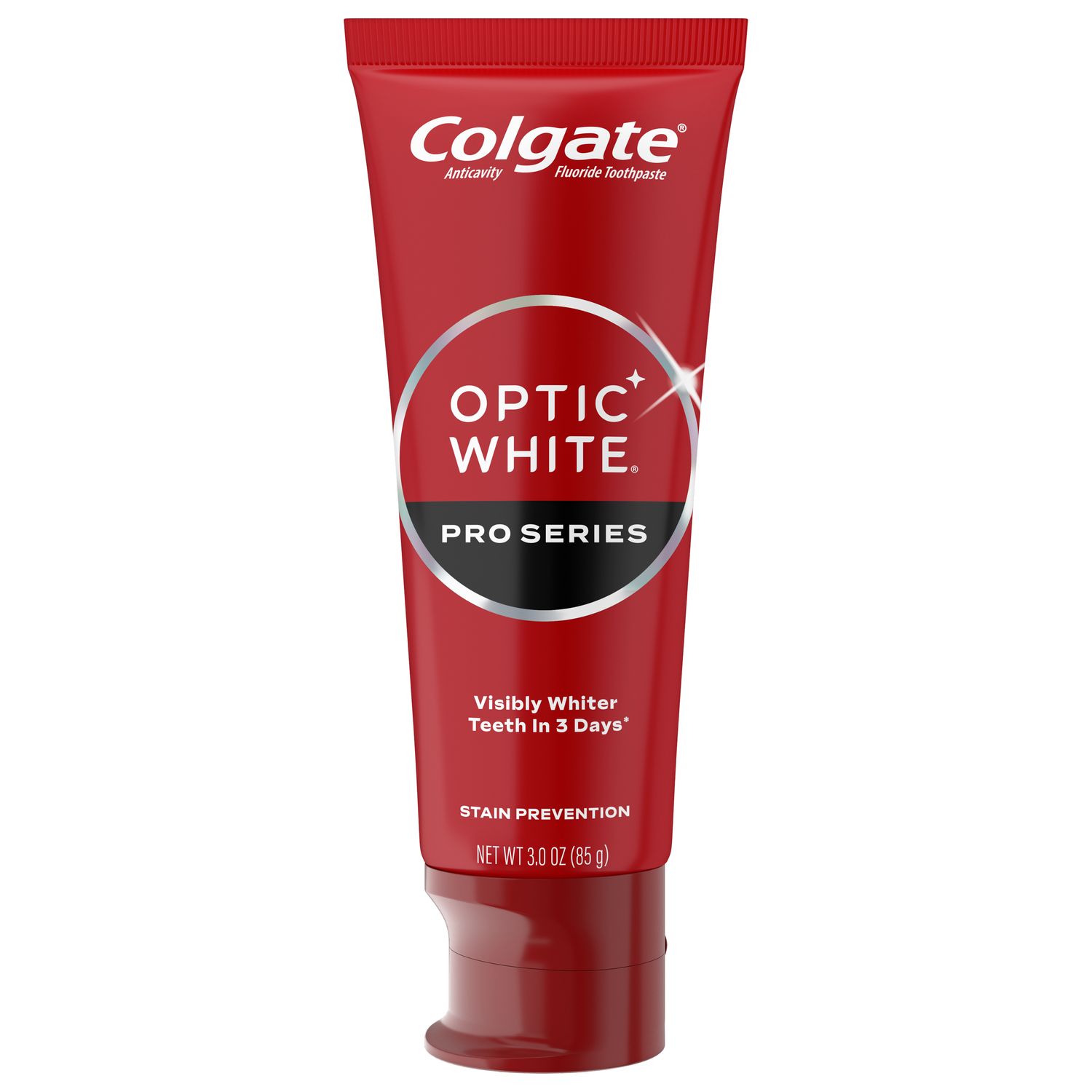-
Top Professional Products



-
Professional Articles
- Caries
- Dry Mouth
- Enamel Erosion
- Gum Issues
- Orthodontics
- Pediatric
- Sensitivity
- Whitening
- Social Responsibility
- Career Development
Try the new Colgate dental stuDENT app today

-
Gum Health Physical Tool
Assess your patients' gum health in your office using this tool and send them home with a personalized report.

-
Oral Health Commitment
- Oral Health Commitment
- Bright Smiles, Bright Futures
- Educational Resources
- Mobile Dental Van
- Volunteer
- Home
- Helpful Resources for Dentists
- Patient Care Resources for Dentists | Colgate® Professional
- Whitening during orthodontic treatment - is the time right?

Orthodontic treatment and tooth whitening are two of the most popular options for people looking to improve their smile. Patients often choose both. Historically, orthodontic treatment was provided with fixed orthodontic appliances. Whitening treatments, if provided, have then generally been performed after orthodontic treatment is complete. Issues have included the difficulty of using close-fitting custom trays during orthodontic treatment and concerns as to whether whitening would leave areas beneath the brackets less whitened than the surrounding areas.
We know from studies that orthodontic patients often request tooth whitening and this request may be for whitening treatment during or after orthodontic treatment. Also, currently, clear aligners are frequently used for orthodontic treatment. With this in mind, we ask: is it necessary to wait, or is now the right time to start tooth whitening?
Considerations for concurrent whitening for patients receiving clear aligner therapy
Clear aligners are an increasingly popular alternative to fixed orthodontic appliances, offering a more esthetic option during treatment, and with no need for brackets, wires or elastics. Aligners are also briefly removed to perform oral hygiene making this easier for patients, as well as being removed when eating. It is also possible to remove aligners during whitening, such that the entire surface of the tooth can be exposed to bleaching agents. Since aligners should only be removed for brief periods (for eating, and to perform oral hygiene as well as clean the aligner), whitening options would exclude treatment with trays worn for extended periods of time.
Colgate Optic White Professional Take-Home Kit
One whitening option is the Colgate Optic White Professional Take-Home Kit. Unlike many professional whitening treatments, it doesn’t require the use of custom trays. Instead, a ”paint-on” pen is used to apply the whitening serum that contains 6% hydrogen peroxide and dries to a thin film, and a patented high-energy LED device (mouthpiece) that is worn for just 10 minutes after the serum has dried. After that, the aligner can be repositioned in place. That means your patient can use it easily and comfortably during orthodontic treatment.
The thin film containing concentrated hydrogen peroxide continues to work until brushed off in the morning during routine oral hygiene. This take-home kit gives noticeable results after just one day and delivers dramatic whitening in just five days.
Patient motivation
We also know that it can be tough to inspire some of our patients throughout the orthodontic treatment process. Whitening during treatment lets the patient see a noticeable improvement in their smile right away. Having a positive experience and whiter teeth during treatment is motivating and can also encourage the patient to maintain those “smile gains” with good oral care.
All in all, your patients receiving clear aligner therapy can start enjoying a better, brighter smile right away.
Related Articles

Practice Management
Managing Whitening ExpectationsUnrealistic expectations about teeth whitening could lead to disappointed patients. Here’s how to anticipate and manage your patient’s expectations for a positive outcome.

Practice Management
Whitening Conversation StartersSome patients come in asking about whitening, others do not. This article should focus on how to begin a whitening conversation. It should include tips on 'openers' for that conversation and also provide examples of several 'openers'. It should include tips on how to ask about any upcoming events that might be a reason to introduce and encourage toothwhitening. Also include tips on how to pivot a conversation to whitening when it is the patient who mentions that they have an upcoming event (but does not ask about whitening).

Practice Management
Professional Whitening: Partnering with fellow Dental Team MembersThis article should discuss how RDH can best partner with other members of the dental team. It should provide tips on how to do so, and including to discussing how each member contributes to patients wanting and receiving whitening treatments, how to all 'sing from the same sheet' on information and discussions about whitening with patients. The roles of each individual should be also be discussed.
Related Products

Help Keep Patients More Informed
Share articles, videos and PDFs to help your patients learn more about specific conditions and effective treatments for a healthier smile.





